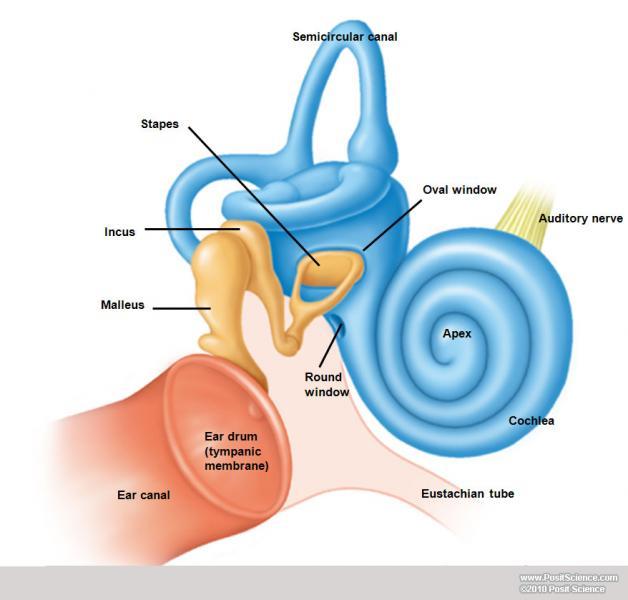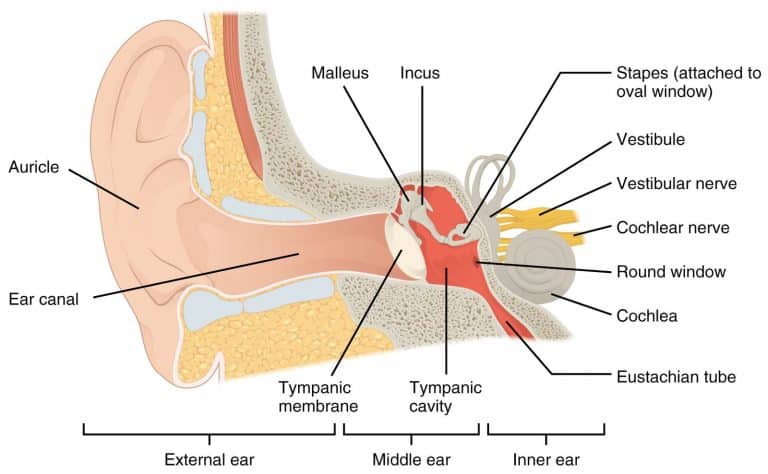

For instance, if ETD results from a change in altitude, these symptoms will often go away as the body adjusts to the pressure or reaches a lower altitude.īy contrast, ETD that is due to an illness or infection can last much longer. The length and severity of ETD symptoms depend on their cause. muffled hearing or partial hearing loss.the ears feeling as if they are filled with water.Symptoms of ETD can vary from mild to severe and may be different for each person. Yet another risk factor is having a ciliary disorder, such as primary ciliary dyskinesia, which is an inherited condition where the cilia in the airway do not work properly. Laryngopharyngeal reflux : This condition can obstruct the eustachian tubes.It can impair the function of a muscle in the soft palate in the mouth and lead to a eustachian tube collapse. Generalized hypotonia: Also called poor muscle tone, this condition can occur for a number of reasons.Trisomy 21: This is a type of Down syndrome that causes small and abnormally shaped tubes, poor muscle tone, and a decrease in the cartilage density within the tube.

Cleft palate: It commonly affects children from birth and almost always leads to ETD.The following medical conditions are risk factors as well: Children have more frequent colds and sinus infections, which are direct causes of ETD.Įnlarged adenoids can also cause eustachian tube obstruction and lead to bacterial growth, which can then result in ear infections. This makes the tubes more likely to become clogged by mucus or germs.įurthermore, a child’s immune system is less able to fight off infections, as it is not fully developed.

People with allergies may experience ETD more often, as allergies can cause increased mucus and congestion.Ĭhildren are also at higher risk of ETD, as their eustachian tubes are smaller and orient more horizontally than vertically. However, significant weight loss can also lead to dysfunction when fat buildup in the tubes decreases too quickly.Įngaging in certain activities may also put a person more at risk of pressure changes, which could trigger ETD symptoms. Smoking can damage the delicate hairs in the throat and middle ear.Ĭarrying excess body weight can lead to fatty tissue deposits to form around the eustachian tubes, causing fluid buildup in the ear. Lifestyle risks include smoking and carrying excess body weight. It is common to experience ETD occasionally, but some people have symptoms more often than others.


 0 kommentar(er)
0 kommentar(er)
